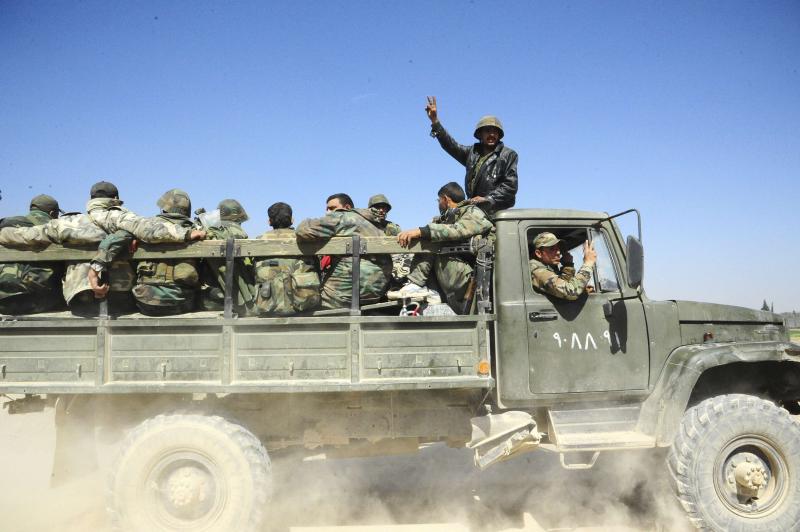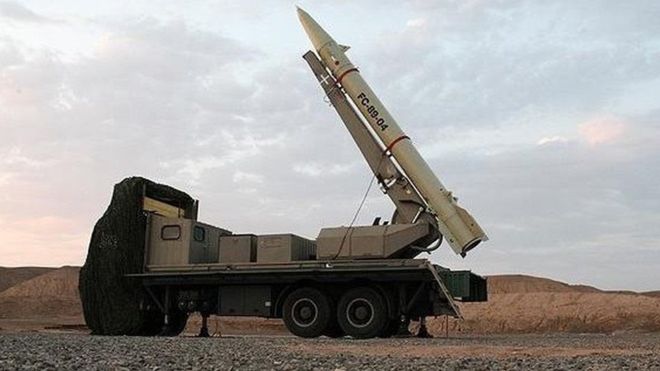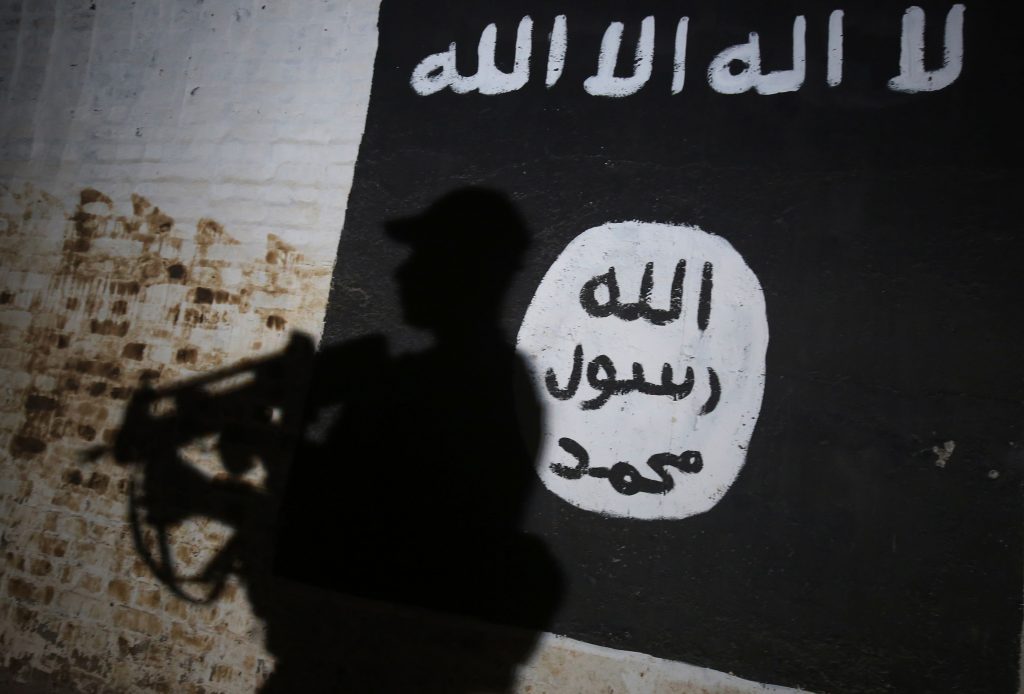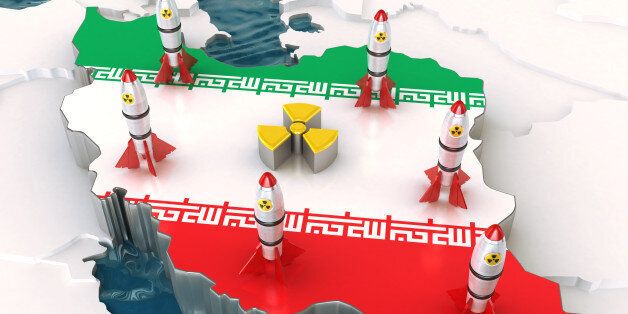
Iranian-backed Houthi rebels in Yemen have claimed responsibility for an apparent cruise missile strike on an airport in neighboring Saudi Arabia. The group has released video showing its fighters launching a missile that is visually similar to Iran’s Soumar ground-launched cruise missile, like reported by thedrive.com.
The footage offers additional evidence that the Yemeni militants’ arsenal, which already contains suicide drones and short-range ballistic missiles, has expanded to include another relatively advanced weapon system.
Saudi authorities confirmed the strike on Abha International Airport on June 12, 2019, saying that it had injured 26 people, eight of them seriously enough to require they go to a nearby hospital. The remaining individuals only required first aid on the scene. Abha is situated approximately 100 miles from the Yemeni border.
“The targeting of Abha airport proves that the Houthis have obtained advanced weapons from Iran,” a statement from the Saudi-led coalition fighting the Houthis in Yemen said.
The Houthis do not appear to have ascribed a name to the weapon in question, but externally it looks like Iran’s Soumar, which itself appears to be a ground-launched derivative of the Soviet-era Kh-55 air-launched cruise missile. Iranian engineers likely reverse engineered Soumar from a number of Kh-55s that the country illegally acquired on the black market from Ukraine in 2001. The Kh-55 has a range of around 1,500 miles and can carry a 1,000-pound class conventional warhead.
In 2015, Iran publicly unveiled Soumar. In February 2019, Iranian authorities revealed another missile that looked visually identical to Soumar, but called the Hoveizeh, during celebrations marking the 40th anniversary of the Islamic Revolution. It is unclear if these two weapons are actually different. Iran has publicly claimed that Hoveizeh has a range of nearly 840 miles.
It is unclear if the Yemeni missile is a locally assembled clone of the Iranian missile or a direct import straight from Iran, whether it has a similar range to the Soumar, how big its warhead is, and what type of guidance system it employs. A relatively simple satellite navigation arrangement would allow the Houthis to strike large, fixed targets, such as Abha International Airport’s arrival hall, using readily available map coordinates.
If the Houthis do have Soumars, or missiles with similar performance, it represents a significant increase in the group’s ability to strike targets at long distances, including Saudi Arabia. A reported range of 840 miles would put the Saudi capital Riyadh well within reach. It would also enable the Yemeni rebels to hit anywhere within the United Arab Emirates, the other major party in the Saudi-led coalition.
In December 2017, the Houthis said they fired more of their Soumar-like missiles at the Barakah nuclear power plant in Abu Dhabi, a claim the UAE has denied. Though the Yemeni militants released footage of them launching the missiles in that incident, as well, there is no evidence that they hit their targets.
A low-flying cruise missile such as Soumar could also pose a particular challenge to air defense networks in Saudi Arabia and the UAE. Multiple missiles, or combining them with other weapons as part of a larger strike, could overwhelm the defenders. In the new strike on Abha International Airport, Saudi authorities said they had successfully intercepted two suicide drones, which the Houthis have also obtained from Iran.
There has been a significant increase in Houthi drone attacks on Saudi Arabia since the beginning of May 2019. The group has also employed short-range ballistic missiles, which are also derived from Iranian designs or imported from Iran itself, against Saudi targets, but this appears to be the first time they used one of their cruise missiles against the country.
The Saudi-led coalition has been actively engaged in a brutal and controversial conflict against the Houthis in Yemen since 2015. Iran has been backing the group for at least as long and has aided in the expansion of its arsenal to include these and other relatively advanced weapons. The Saudis claim Iran has also supplied them with Sayyad-2 surface-to-air missiles, a derivative of American-made semi-active radar-homing RIM-66 Standard Missile left over from the regime of the Shah. Iranian support has enabled the Yemeni rebels to launch attacks on military and commercial ships using remote-controlled explosive-laden boats, too.
The cruise missiles only underscore the Houthi’s continued ability to acquire the components necessary to locally assemble these types of weapons, or obtain them directly from Iran, despite the Saudi-led coalition’s efforts to blockade the country. The United States and its allies have also worked hard to interdict illicit arms shipments to Yemen.
The Houthi cruise missile strike also comes after the U.S. government announced it had received intelligence that purportedly warned of an increased risk of attacks on U.S. forces throughout the Middle East from Iran and its regional proxies. The United States and Saudi Arabia have blamed the Yemeni rebels for attacks on four oil tankers in the Gulf of Oman off the coast of the UAE, but no group has so far taken responsibility for that incident.
It remains unclear whether or not the increase in Houthi strikes on Saudi Arabia is at all related to information the U.S. government says it has received or is simply a part of the ongoing conflict between the two parties. Since May 2019, both sides have been fighting each other despite an already shaky U.N.-brokered ceasefire that required the Yemeni rebels to vacate a number of strategic port cities.
“In light of these terrorist and immoral transgressions by the Houthis, the coalition will take strict measures urgently and carefully to deter them,” Saudi Arabian Colonel Turki Al Maliki, the top spokesman for the coalition in Yemen, said on June 12, 2019. “The terrorist elements responsible for planning and carrying out this attack will be held accountable.”
Whatever the exact reason for the Houthi cruise missile strike on Abha International Airport, it is another clear indication that the group continues to obtain very capable weapons from Iran and presents a real and increasing threat to its regional opponents beyond Yemen’s borders.











